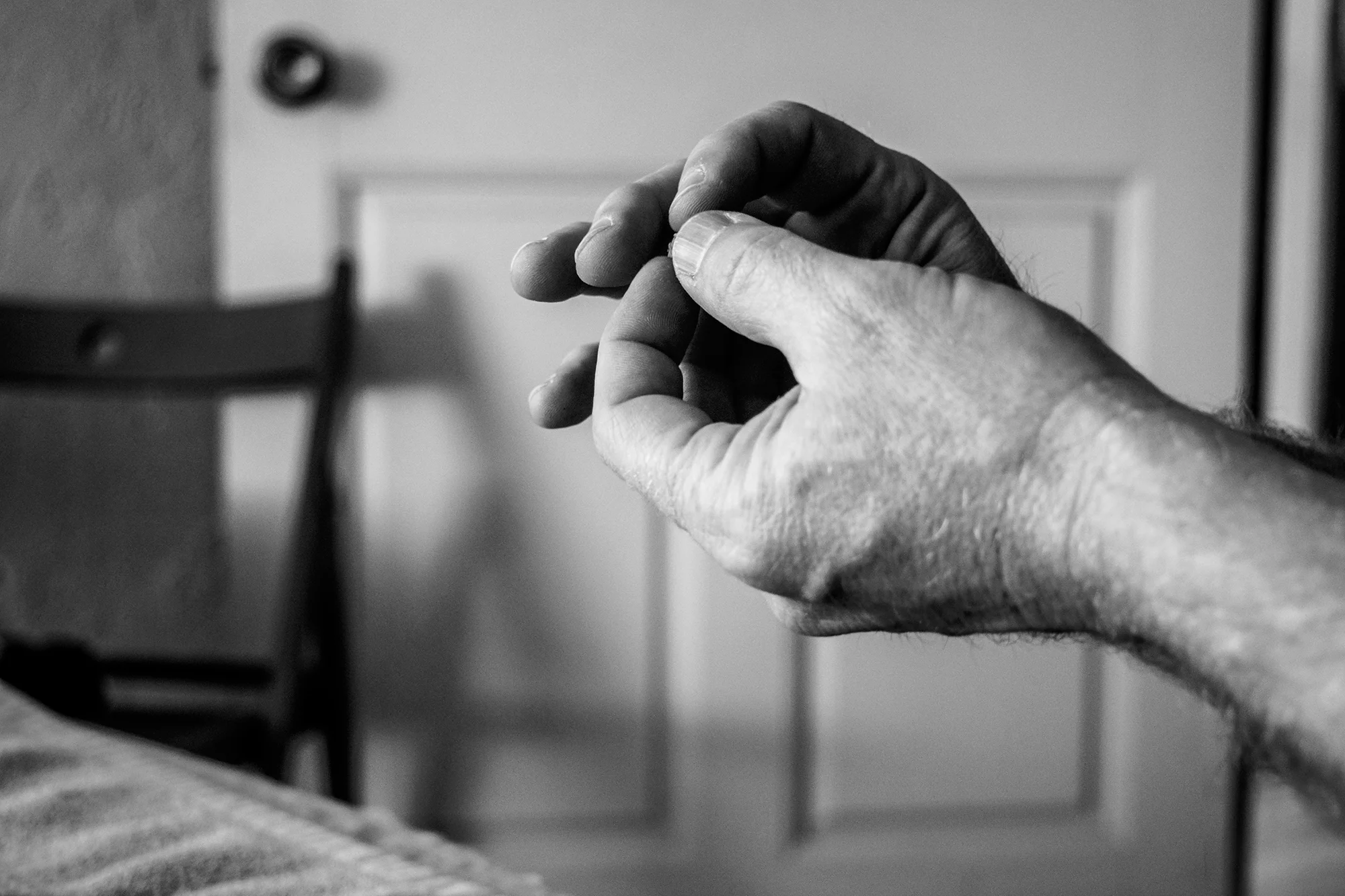Kototama approach to healing
Healing happens when there is a shift in perspective. With kototama, we don’t need to fix anything. It’s important not to rush in and simply remove the illness. Wisdom is held within the body, and the sickness often contains the message that we need in order to heal.
Healing is the space where sickness and health are welcome as equals in the alchemy of transformation. Basic health fundamentally exists in all of us, therefore, recovery is possible for everyone no matter how challenging the condition.
Kototama is sound medicine, it literally means word spirit in Japanese. The body, it’s organs and meridians should resonate as notes do when tuned to their respective key. Our bodies are like instruments that need only be tuned to the larger ocean of sound from which it came.
Being out of balance can also be looked at as an issue of rhythm and speed. When we are out of sync, we are simply moving too fast or too slow relative to our environment. When this happens there are gaps or blindspots in our life.
Kototama acupuncture helps us tune in to the natural rhythm, bringing us closer to the present moment. From this point of balance, we are able to move gracefully, make healthier decisions, and create harmonious relationships with ourselves and the world around us.
What makes Kototama different than acupuncture?
In theory, Chinese Medicine seeks to treat the body as a whole. However, most modern acupuncture, like western medicine, is either focused on removing symptoms, or searching for an underlying root cause. Kototama recognizes and respects both approaches, and yet it takes healing a step further. The Kototama approach is unique in that it recognizes that sometimes there are no root causes. It acknowledges the inherent value of symptoms, and it accepts that there are no definitive answers. We need not be embarrassed by this truth.
Furthermore, we need not be embarrassed or afraid of our own imbalance. Dis-ease is an extended invitation from our bodies to form new relationships. This begins with sensitivity, mindfulness and care. Our bodies demand our attention. Only after the body knows that it has been neglected, that there has been a gap in awareness, then a genuine connection can be made. This gives space for vulnerability, creating an opening where true healing, and ordinary magic can occur.
Relationship between practitioner and client and why it's so important
There is a vulnerability in the healing relationship. In this partnership, there is a meeting of two hearts and minds, and the healing comes from a particular kind of openness. First, there is a willingness to acknowledge the unknown? When we are willing to simply look at what’s actually happening, there is a sense of bewilderment and curiosity. The practitioner can encourage the client to confront their own uncertainty. At the same time, the practitioner need not rush in with all the answers to solve the clients problems. This is actually quite different from the medical model that we’re accustomed to. The goal of treatment is to help the body recognize the imbalance on its own. This initiates the shift to come from within. It is not necessarily sickness that’s the problem, but the relationship that we have to it.
